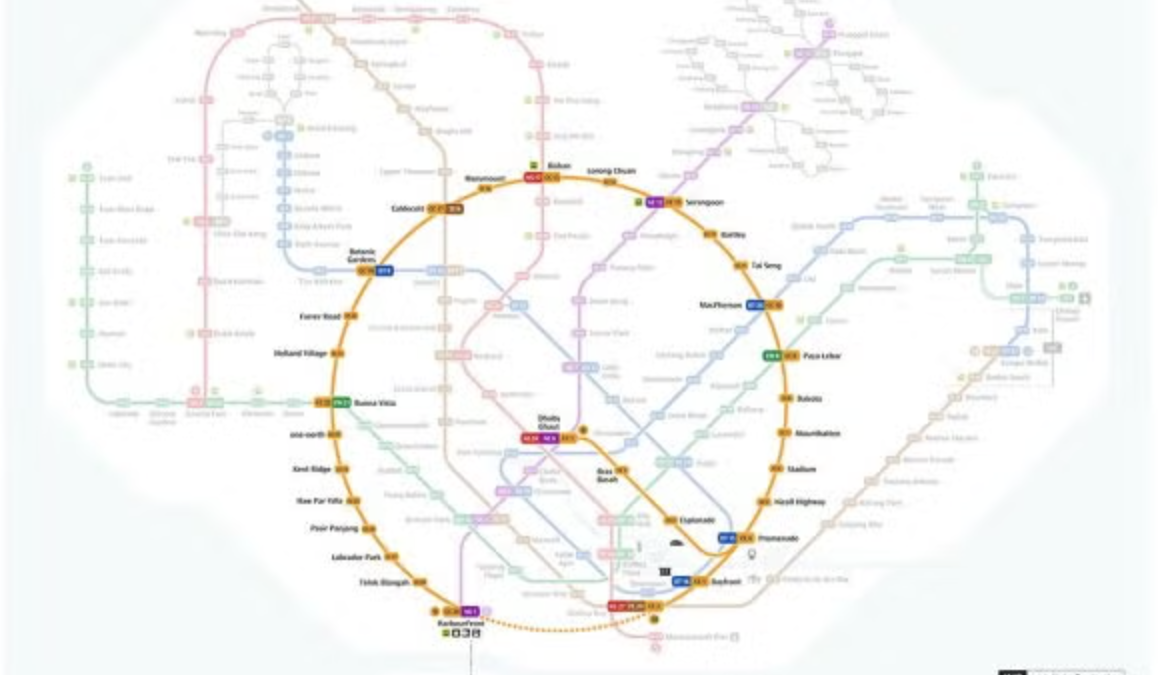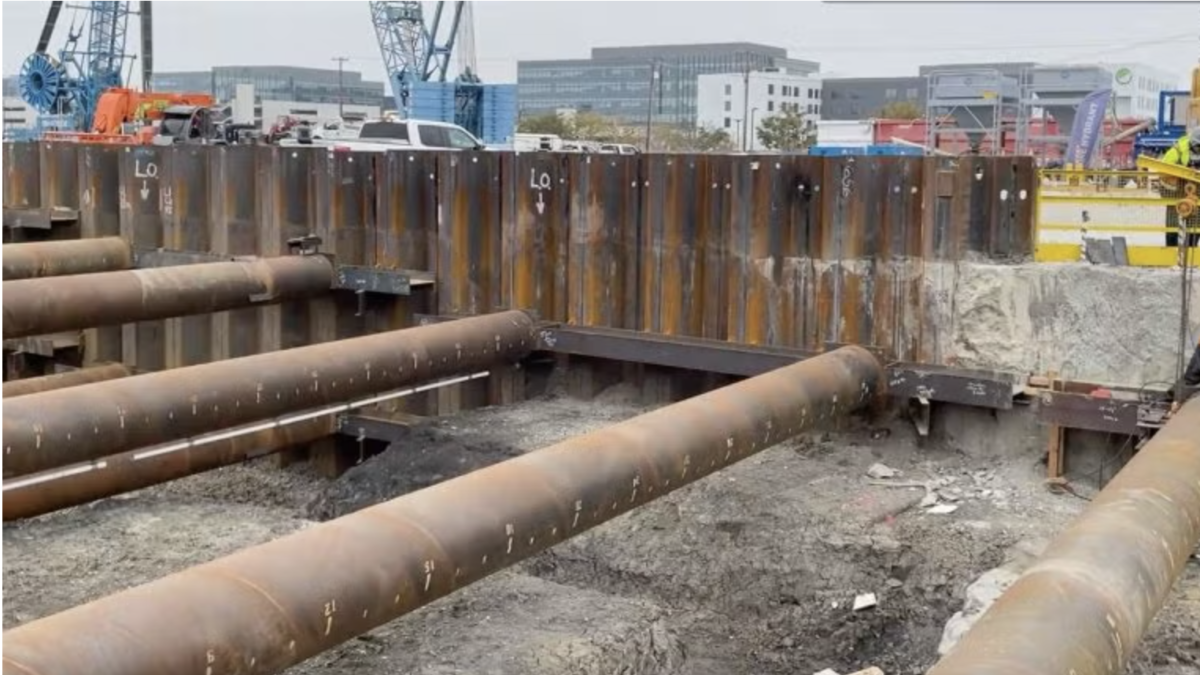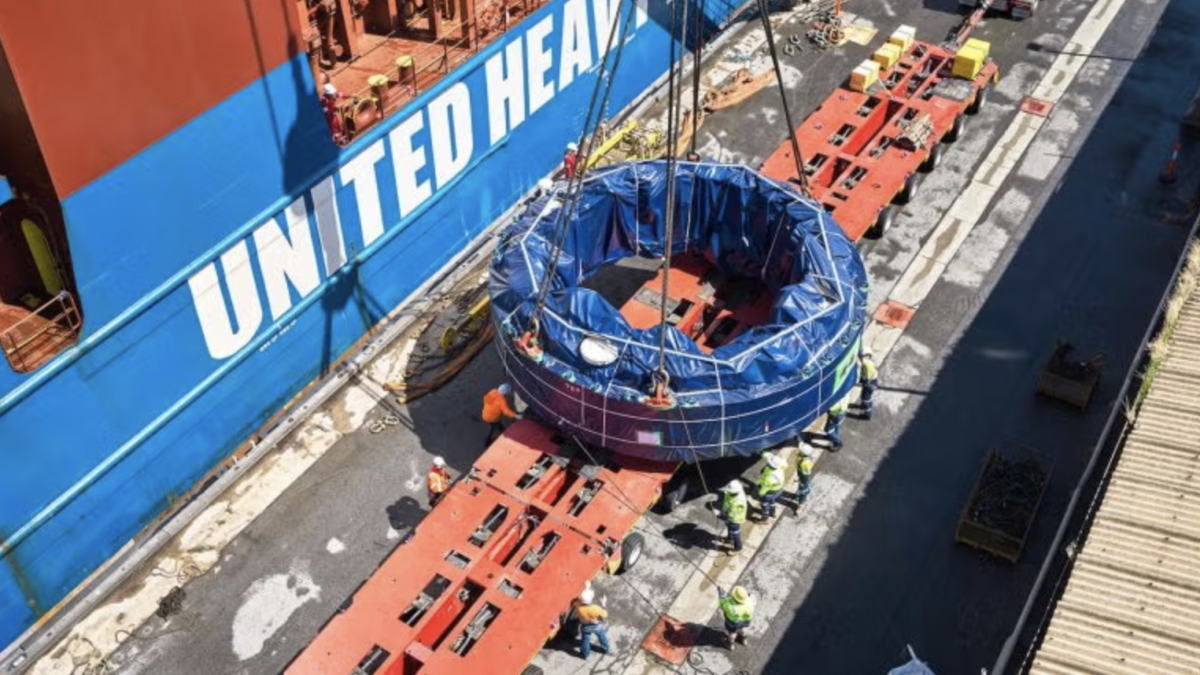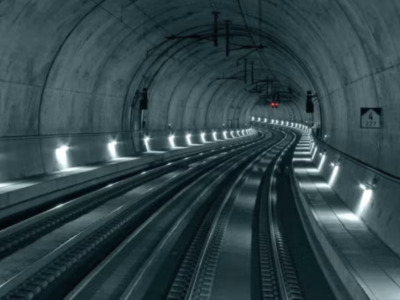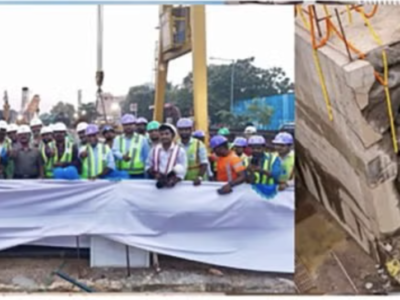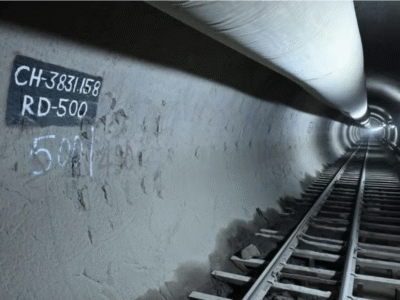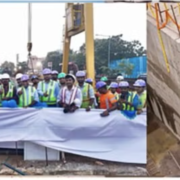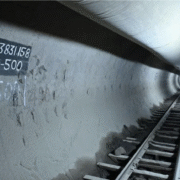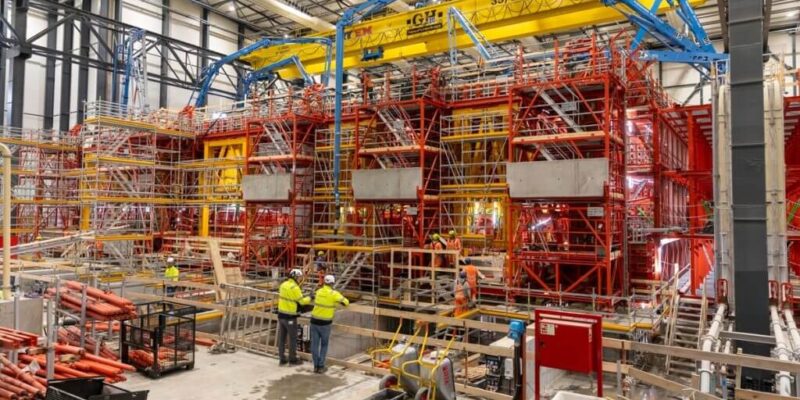
With the casting of a part of the first concrete tunnel element now underway, the project to build the world’s longest immersed tube tunnel between Denmark and Germany has reached a significant milestone.
The prefabricated elements will make up the 18 km long tunnel that will allow vehicles and trains to move between Rødbyhavn on Lolland in Denmark and Puttgarden on the German island of Femern.
Femern Link Contractors (FLC) – a consortium including Vinci, Aarsleff, Wayss & Freytag, Max Bögl, CFE, Solétanche Bachy, Bam Infra, Bam International, and Dredging International – is building the tunnel and the manufacturer where the elements are produced.
79 out of the 89 tunnel elements to be cast in concrete are standard elements that are 217m long, 42m wide, 9m high, and weigh over 73,000t.
In addition, there will be Ten unique elements, placed nearly every 2km along the tunnel alignment, that are 39m long, 47m wide, 13m high, and weigh 21,000t. These elements are taller as they will have a basement beneath the road and rail surface. At its peak, there will be six production lines working simultaneously across the factory complex.
One standard element is made up of nine segments that measure 24m in length.
A 140-strong team from FLC has now completed the remarkably first segment of the first tunnel element, which was cast in one continuous pour of concrete.
The tunnel elements are being manufactured in a massive factory complex with three production buildings – two for the standard and one for the special elements. The factory at Rødbyhavn is located to the east of the tunnel’s north portal site and has an area of about 1M.m2, containing the dry dock.
The first element is predicted to be immersed in the Fehmarnbelt in 2024 in a tunnel trench, which is presently being dredged. The trench is bored into the current seabed and is 90m wide and 16m deep. Over 90% of the dredging operations have now been completed.
As the tunnel elements must be of extremely high quality to guarantee a service life of at least 120 years for the immersed tunnel, FLC has carried out a comprehensive program to test the process, materials, and techniques involved in the segment’s construction.
FLC finished a full-scale trial casting of a tunnel segment for the Fehmarnbelt tunnel in July of last year, which took 30 hours and was done under realistic conditions. Following this, it carried out two more full-scale trial castings, with the testing program ending in the spring of this year.
Remarking on the commencement of casting for the first tunnel element, Femern A/S technical director Jens Ole Kaslund declared it marked a “major milestone” for the Fehmarnbelt project.
He continued: “The construction of the factory, the working harbor, and the tunnel portal have been a major preoccupation, but now we can unequivocally state that the casting of the elements for the Fehmarnbelt tunnel has begun – and that’s cause for celebration.”
Production of the tunnel elements will continue until 2027 when the final tunnel element for the Fehmarnbelt link is expected to be ready.
The Fehmarnbelt link is envisioned to open in 2029.


